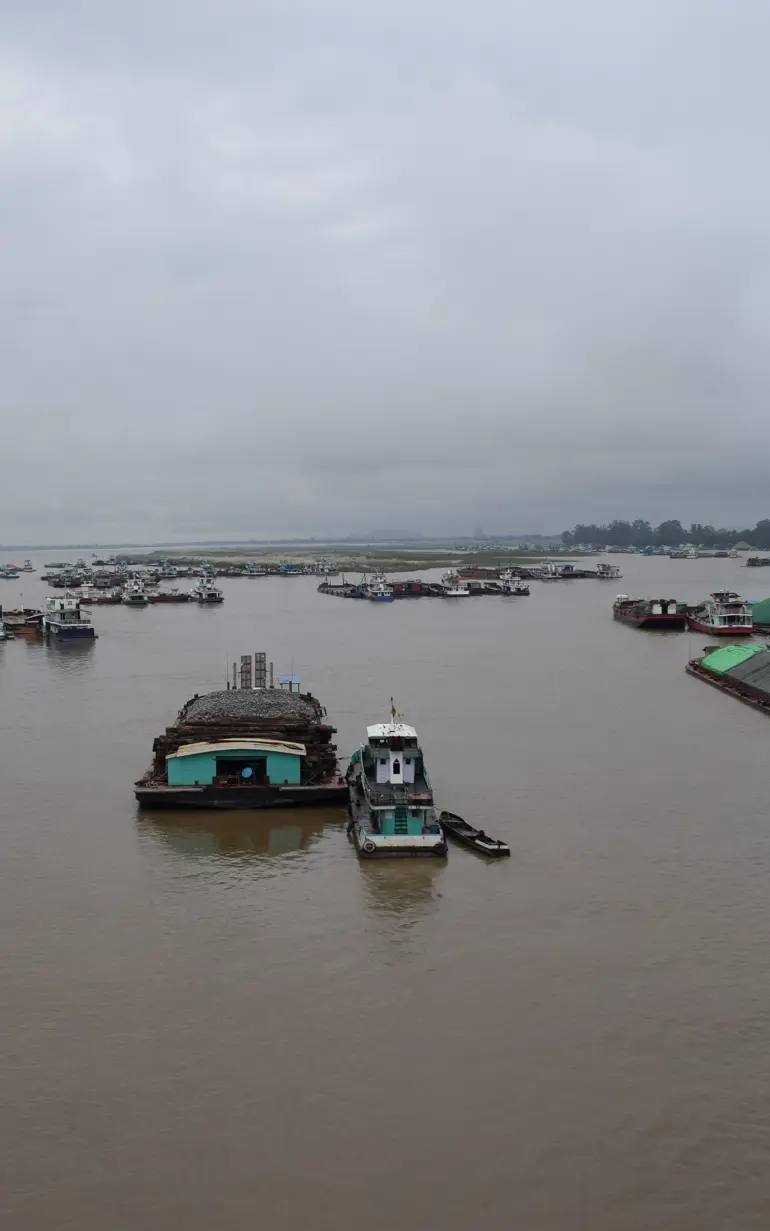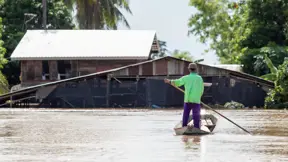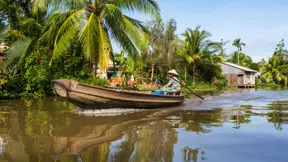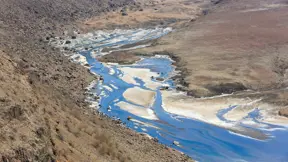
Sustainable development of the Ayeyarwady River basin
A river planning decision support system for Myanmar
The Ayeyarwady River is the largest river in Myanmar and serves as the country’s main commercial waterway. Millions of people and their livelihoods depend on water-related activities around the river basin, such as trade and agriculture. With plenty of water available, Myanmar has many opportunities to increase the use of water resources in the basin for irrigation, hydropower, navigation and more. A decision support system (DSS) is helping to ensure a more sustainable future for communities relying on the basin in years to come.
Challenge
Before harnessing the Ayeyarwady River’s vast potential, Myanmar officials needed to assess the consequences of development scenarios. For instance, the installed hydropower capacity in the Ayeyarwady River may potentially be increased tenfold. How would this development – if it happens – affect river flows, water levels, sediment transport, water quality and more? It is important that the development is carefully planned to minimise any adverse impacts and that sufficient information is made available to stakeholders beforehand to enable sound decisions.
Solution
Working closely with the Hydro-informatics Centre of Myanmar, DHI developed a DSS to assess the environmental, social and economic consequences of scenarios for the river basin development, and to make the findings easily available to stakeholders.
MIKE HYDRO Basin models were developed to represent considerations such as hydropower dams, irrigation schemes, changes in land cover and predicted climate change. Based on the dynamics of seawater intrusion, sediment transport and flooding described in other models, different river basin development scenarios were defined and evaluated.
The DSS was developed to extract key indicators on the potential impacts of the development and this information can then be provided online to stakeholders, along with water resources data from local and global sources and relevant reports.
Results
The DSS converts the results of different models and scenarios into a range of environmental, social and economic indicators. These indicators highlight the consequences of possible basin development activities. Such insights make it easier for authorities and other stakeholders to assess and compare the development options for the Ayeyarwady River.
In addition to helping local development goals, such a solution can potentially help water authorities around the world to meet Sustainable Development Goals related to climate change and water.
- Increased understanding of the impacts of proposed developments
- Improved communication with stakeholders
- Development of an advanced planning tool to facilitate informed decision-making
Client:
Location:
Myanmar
Related SDG(s):
SDG 6: Ensure availability and sustainable management of water and sanitation for all
SDG 11: Make cities and human settlements inclusive, safe, resilient and sustainable
SDG 13: Take urgent action to combat climate change and its impacts
Technology:
About our client
Our client is the National Water Resources Committee (NWRC), an apex body of the Myanmar water sector, which aims to promote good water governance and implement IWRM across the country. Consequently, the Ayeyarwady Integrated River Basin Management (AIRBM) project has been created with the support of the World Bank. The Focal Ministry of NWRC is the Union Ministry of Transport and Communications (MOTC) and the implementing agency is the Directorate of Water Resources and Improvement of River Systems (DWIR).
One of the major outputs of the AIRBM project is the development of a Decision Support System and the Ayeyarwady Basin Master Plan. The formulation and analyses of various river basin development scenarios were represented in the DSS development by the Hydro-Informatics Centre (HIC), established in 2014 as a water operation centre and decision-support arm of the NWRC for water resources development and management in Myanmar.
You may also like
How can we help?
With our global network of offices, we make sure you get the right answers to your local needs. Tell us about your water challenges and we will get back to you.


